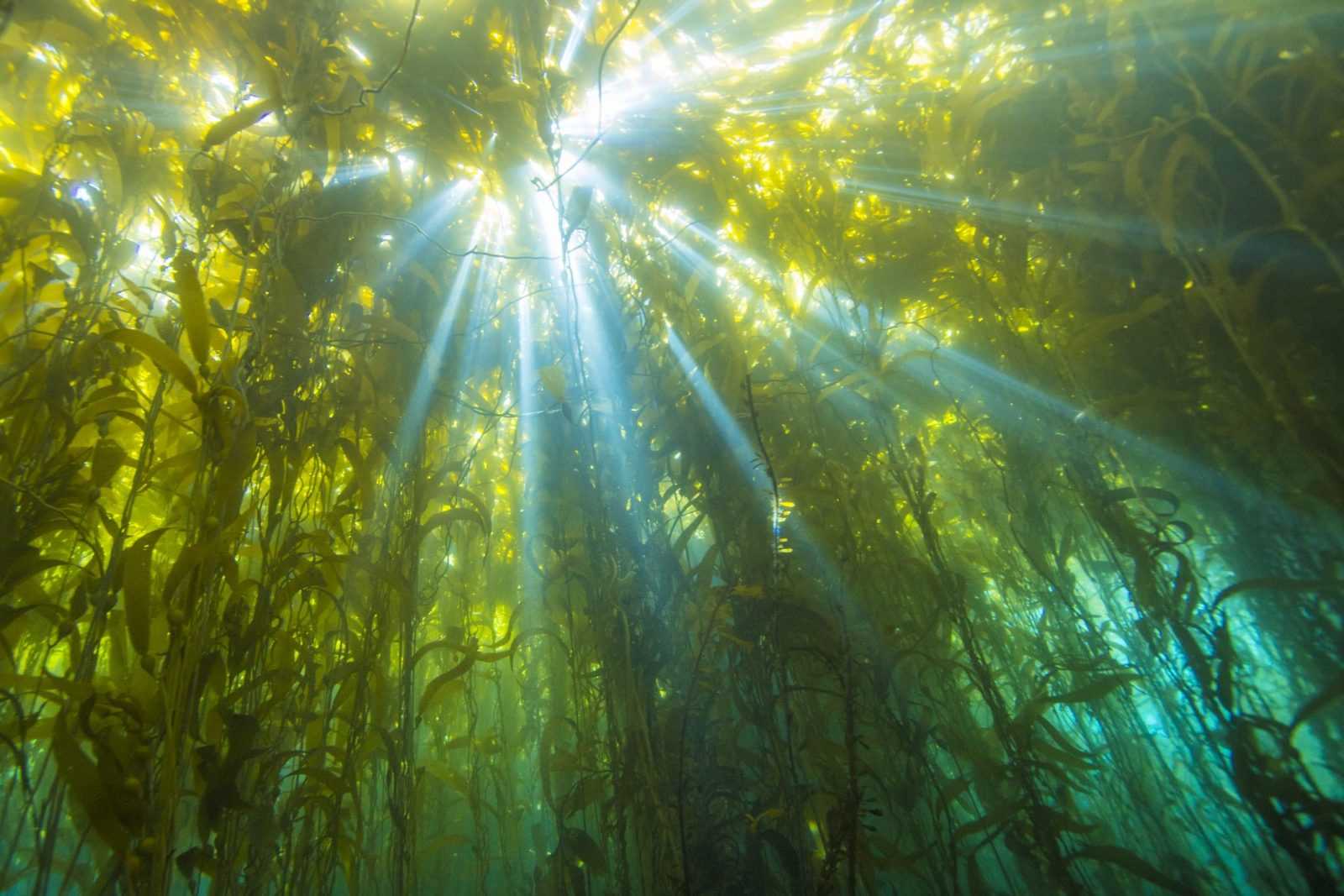Seaweed is being wrapped around more than sushi these days.
Seen as a potential alternative to plastics, seaweed-based packaging is being manufactured to wrap up instant coffee, seasonings and more. What’s more, it comes in a food-grade variety so that when users are done, they can pop into their mouths instead of the trash can. The stuff you can’t eat is still biodegradable.
Naturally high in vitamins, minerals and fiber, the farmed seaweed holds great promise for cutting down on plastic packaging that is polluting oceans.
Leading edible seaweed packaging brands include Indonesia’s Evoware, whose wraps are cast as the answer to that nation’s plastic crisis embodied by the trash-choked Java waterway dubbed “Happy River.” Another seaweed packaging player, Mark Cuban-backed Loliware, touts a seaweed-based straw “designed to disappear.”
Skipping Rocks Lab, the brains behind London-based Notpla, has crowdfunded about $1 million from 900 investors.
“Seaweed as a material is incredibly interesting,” says Robin Clark, director of business partnerships for the food delivery service Just Eat, which uses Notpla sachets.
“It’s sustainable,” Clark says. “Seaweed can grow over a meter a day. It’s cheap, and as it grows in the sea. It doesn’t need to be fed water which would have to be diverted from other sources.”
As plastic refuse threatens oceans and human health — a 2014 paper estimated five trillion bits of plastic garbage were floating on the sea surface — an alternative to plastic packaging is needed.
For plastic’s replacement, circumstances look good. In 2016, the global edible packaging market was pegged at almost $700 million and is projected to reach $1.1 billion by 2023.
Indonesia’s Evoware says its wrap dissolves in warm water, giving it zero-waste status. Plus, it is totally biodegradable, a natural plant fertilizer and nutritious and can be given a particular color or taste and bear a trademark. Even without preservatives, it has a two-year shelf life, Evoware states.
Additionally, seaweed can be adapted to a variety of shapes and demands. Clark envisages Notpla products replacing the world’s entire plastic bottle supply. In the process, less than a quarter of a percent of the world’s commercially farmed seaweed would be used, Clark says.
Seaweed is highly renewable, an advantage over petroleum-based plastics. A single 100-gram seaweed cutting can reach a weight of 1 kilogram (2.2 pounds) in 20 to 40 days. Kelp can grow half a meter a day, faster than tropical bamboo, Clark adds.
Just Eat, he said, is pushing Notpla to make boxes from seaweed to replace the plastic takeout food box.
“Replacing the plastic takeaway box is a real commercial opportunity.” Yearly, the United Kingdom uses more than 500 million plastic boxes. “Globally, that’s massive,” he said.
While innovation consultant Michael Plishka describes seaweed’s ability to fit multiple packaging formats as “fascinating,” there are constraints on contents, he said.
“Plastics can hold wet or dry materials — heavy or light, fatty or acid. Seaweed-based packages cannot at this time be created to be used so universally,” Plishka says.
Another drawback is the space required on the farming front.
“From a business standpoint, just as one can’t make corn-based plastics without a cornfield, seaweed-based materials need a seaweed field of sorts,” he says, adding that swaths of water are mandatory.
Yet, he predicts, seaweed-based packaging’s adaptability means its viability will grow more apparent. In time, the farming and harvesting can grow more automated, and Plishka projects “companies grabbing for prime, sea-based real estate.”
“Perhaps the creation of inland mega seaweed farms wouldn’t be a stretch of the imagination,” he said.






















